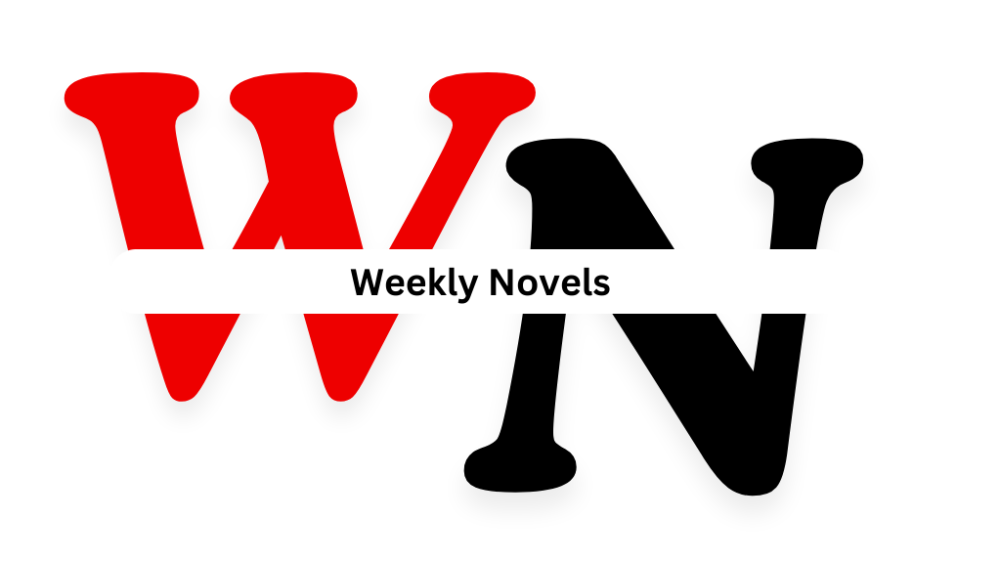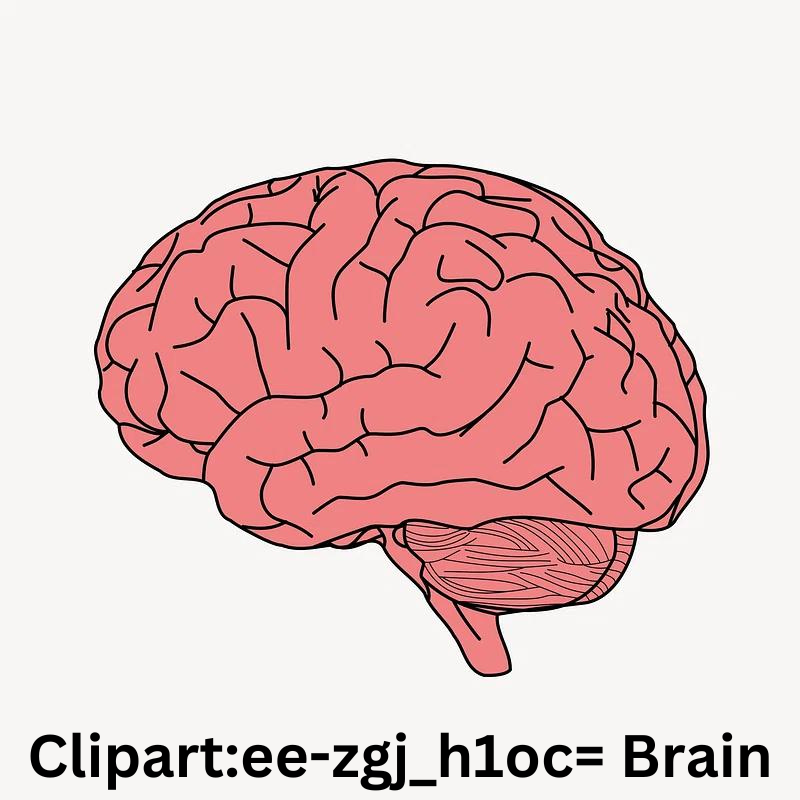Clipart comprises simple, easy-to-use graphic elements that can be incorporated into documents, presentations, and other digital media to enhance visual communication and engagement. Originally, clipart was a collection of images used for illustrating a broad range of concepts without the need for customized artwork. Today, it has evolved with digital technology, becoming more accessible and diverse, including specialized categories like “clipart:ee-zgj_h1oc= brain,” which focuses on brain-themed illustrations.
Introduction to Clipart:ee-zgj_h1oc= Brain
“Clipart:ee-zgj_h1oc= brain” refers to a niche but incredibly useful category of clipart that features images, icons, and illustrations of the human brain. These visuals are used extensively in educational, medical, and professional settings to convey complex neurological concepts simply and effectively.
Uses of Clipart Brain
Brain clipart serves various purposes:
- Educational Tools: Simplifying complex neurological concepts for students.
- Medical Presentations: Enhancing discussions about brain health, surgery, or research.
- Marketing Materials: Used in campaigns for health services or products.
- Creative Projects: Adding a scientific touch to art and design work.
Significance of Clipart Brain
Utilizing brain clipart is pivotal in fields where visual representation aids in the understanding of complex subjects. In educational contexts, these visuals can turn abstract ideas into tangible understanding. For medical professionals, accurately depicted brain clipart ensures clear communication of diagnostic and therapeutic points.
Types of Brain Clipart
Brain clipart comes in various forms, each suited to different needs and audiences:
- Realistic Renderings: Detailed and anatomically accurate images used in medical lectures.
- Cartoonish Styles: Simplified and less intimidating visuals ideal for young audiences.
- Schematic Diagrams: Highlight specific brain parts or functions for educational purposes.
- Interactive Graphics: Designed for digital platforms, these can be manipulated for interactive learning.
Detailed Exploration of Types of Brain Clipart
- 3D Illustrations: Offer a dynamic perspective on brain anatomy, ideal for immersive learning.
- Functional Clipart: Focuses on illustrating different brain functions like memory or emotion.
- Neurological Clipart: Specific to depicting diseases or disorders, aiding in health education.
- Cultural Interpretations: Artistic representations that reflect various cultural understandings of the brain.
- Animated Clipart: For digital media, enhancing engagement through movement.
5 Advantages of Using Clipart:ee-zgj_h1oc= Brain
Enhances Learning Engagement
Using brain clipart in educational settings can transform passive learning into an interactive and engaging process. Visual aids help retain complex information more effectively than text alone.
Simplifies Complex Information
Brain clipart can distill complicated neurological concepts into understandable visuals, making it easier for students of all levels to grasp difficult subjects.
Boosts Communication Efficiency
In medical and professional environments, brain clipart facilitates quicker and clearer communication about brain-related topics, ensuring that all participants are on the same page.
Accessible Learning Tools
Clipart is readily available and easy to integrate into various digital and print mediums, making advanced topics accessible to a wider audience.
Encourages Creative Presentation
Brain clipart allows educators and professionals to creatively present their material, making learning not just informative but also enjoyable.
Importance of Clipart Brain in Education and Medical Fields
In education, brain clipart is crucial for explaining the structure, functionality, and importance of the brain in a simplified manner. In the medical field, it plays a vital role in patient education, presentations by healthcare professionals, and as a tool in neurological research.
Accessibility and Ease of Use
The digital nature of clipart brain ensures that it is easily accessible and usable by anyone with basic computer skills, enhancing its utility across different fields and applications.
Future of Clipart:ee-zgj_h1oc= Brain
The future of clipart:ee-zgj_h1oc= brain looks promising with advancements in digital imaging and animation. Increasingly, interactive and augmented reality versions are being developed, offering even more dynamic ways to explore brain anatomy and functions.
Conclusion
“Clipart:ee-zgj_h1oc= brain” represents a fusion of art and science, making it a fundamental resource in educational, medical, and creative fields. Its evolution mirrors technological progress, ensuring that it will remain a vital tool in visual communication and learning. This unique category of clipart not only simplifies the complex but also enriches the way we understand and interact with the information about the human brain.

